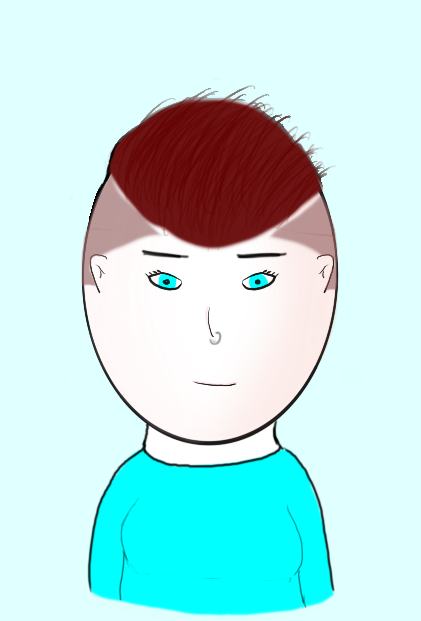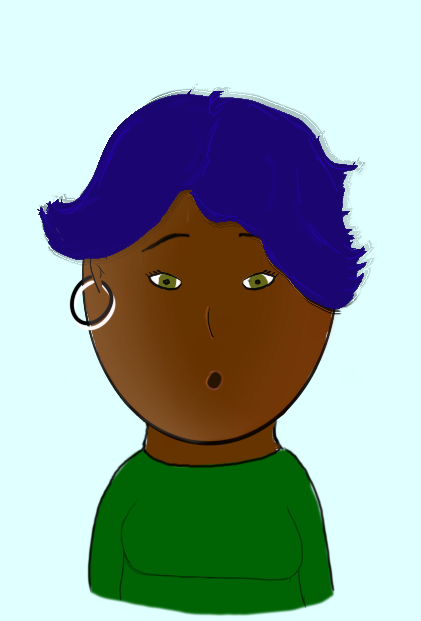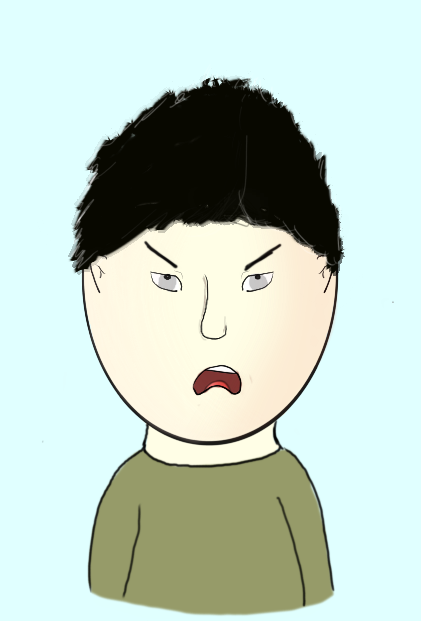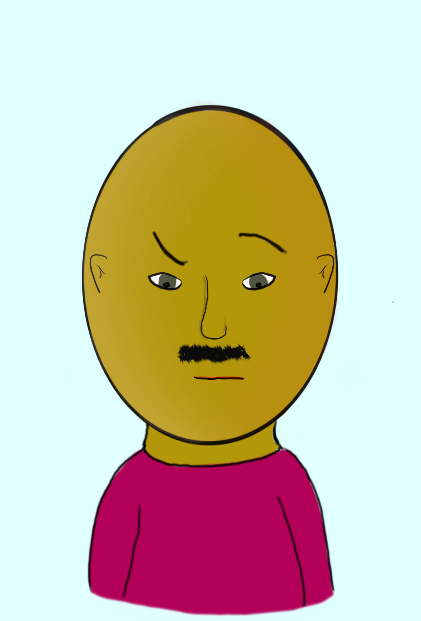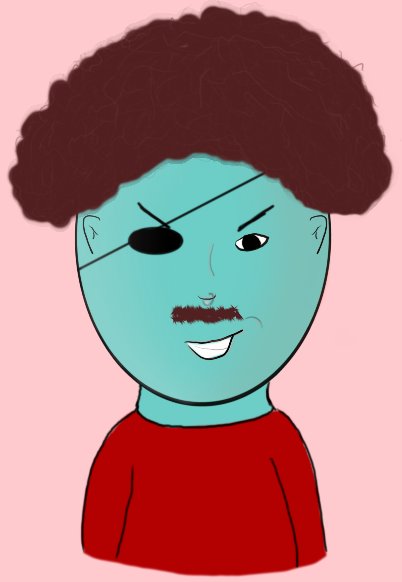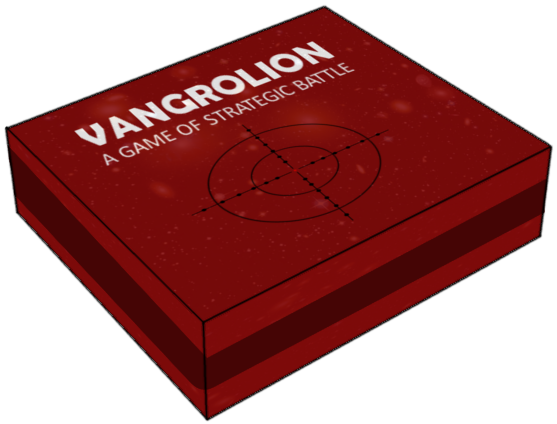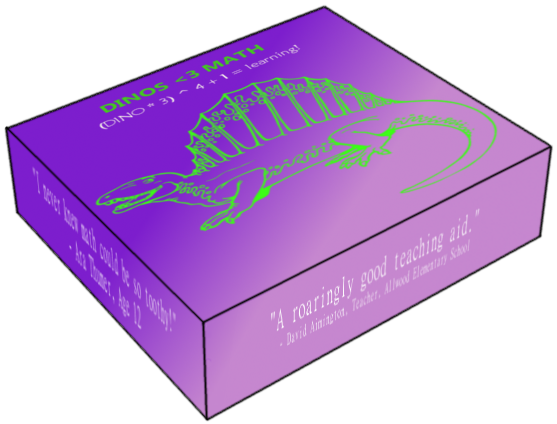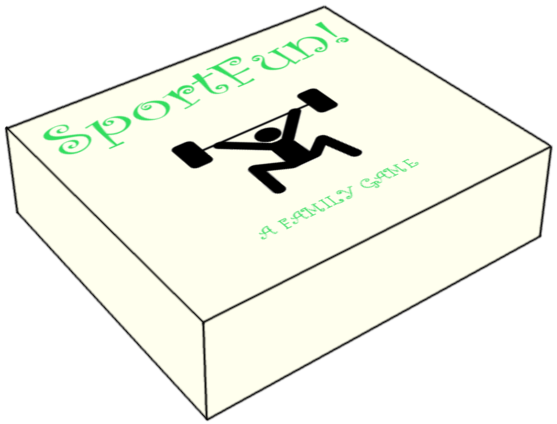Overview: A group of friends gets together to play board games and end up role-playing a story that spans time, space, and game mechanics.
Mechanics: This is meant to be a collection of super simple board games played with NPCs. The twist is that game events serve as inputs to a procedural story generator, with NPCs and your own character interpreting things that happen in the game as story events. The title "oh boy, oh gosh, ..." refers to the fact that each minigame represents a campaign that provides a sequel to the ongoing story.
Minimum goals: For a proof of concept I'd like to make sure I get at least one minigame done with its events feeding into a story template.
Ambitious goals: I'd like to have several minigames, each with reconfigurable rulesets, that could be presented to the player in any order. I think it'd be cool if players had some ability to influence which minigames were played and how game events are mapped to story events. Beyond that, I want to spend as much time as possible working on the banter between NPCs during games and programming references to earlier events (e.g. building grudges, referencing lucky/unlucky dice rolls that happened earlier, etc).
The plan so far: I'll be building this as a web app, probably purely in HTML/JavaScript since that's what I'm most comfortable with. It's going to be a 2D game, with assets limited to player avatars, a game board grid, and circular game tokens. The UI will consist of the board game controls plus a basic dialogue system. I'm going to start on the character assets right away since that's the part I'm dreading most as a programmer, and having them done should enable experimentation with the fun design & programming stuff.
Story generation: I've mostly glossed over this, but I do have plans for it. The basic idea is that when you experience a setback within a minigame, your character draws a negative story event from a deck (and you'd draw positive events when you move ahead within the minigame). However, to make the mapping more nuanced, when player tokens in the minigame interact or are in close proximity to each other, story events can build on the relationships between characters. ...I know it sounds complicated, but it'll be cool, I swear.
Oh Boy, Oh Gosh, I've Got Some Work to Do



